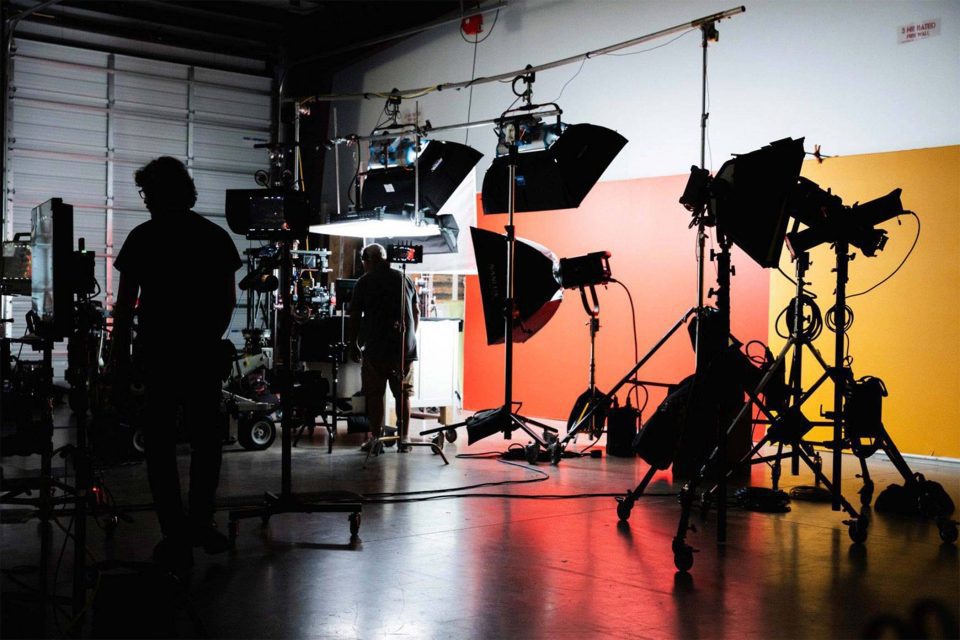On Location Photography: How We Find the Best Location for Your Photoshoot
Commercial Photography Insights
8 months ago
Sometimes, the best choice for a particular product or campaign is on-location photography. If you’re not familiar with onsite photography – or need to share some information with your broader team before committing to an on-location shoot – we’ve got you covered. In this article, we’ll address:
- What does on-location mean in photography?
- On-location food photography, lifestyle photography and product photography
- What is the difference between studio and location photography?
- What we look for when location scouting
- The challenges of location scouting
What Is Location Photography?
On-location photography refers to the practice of capturing images in real-world settings outside of a traditional studio or set build environment. It involves photographing subjects or products in natural or relevant surroundings, whether it’s a landscape, urban setting, event venue, or any other location. On-location photo shoots enhance brand identity, enrich the storytelling element, and extend viewer engagement.
Shooting on-location allows our photography team to utilize diverse backgrounds and unique atmospheres to create authentic and dynamic images that make a major impact on brand perception. In some cases, we set up an outdoor photography studio, and in others we shoot inside a picture-perfect location. No matter where we shoot, we have to quickly adapt to the various conditions present at the location, including lighting, weather, and spatial constraints.
At Salt Paper Studio, we love the versatility and opportunities for creativity that onsite photography offers us. We can tell compelling visual stories with a sense of realism and context – perfect for so many stunning food, lifestyle and product photography shoots.
Setting the Scene: On-Location Food Photography
On-location food photography often involves capturing culinary creations in a realistic environment, such as a restaurant, cafe, or outdoor vignette. The location enhances the visual appeal of ingredients, items, or dishes, setting the scene for high-impact imagery.
Modified or assisted natural light beautifully captures the vibrant colors and textures of food. On-location shoots allow our photographers to augment ambient light sources, such as windows or outdoor settings, to create soft, diffused lighting that highlights the food’s appetizing qualities.
Our styling team arranges props, table settings, and garnishes to further evoke the sensory aspects of food, from its tantalizing aroma to its mouthwatering taste. On-location shoots offer the flexibility to incorporate elements of the surrounding environment into the frame, adding depth and context to the images.
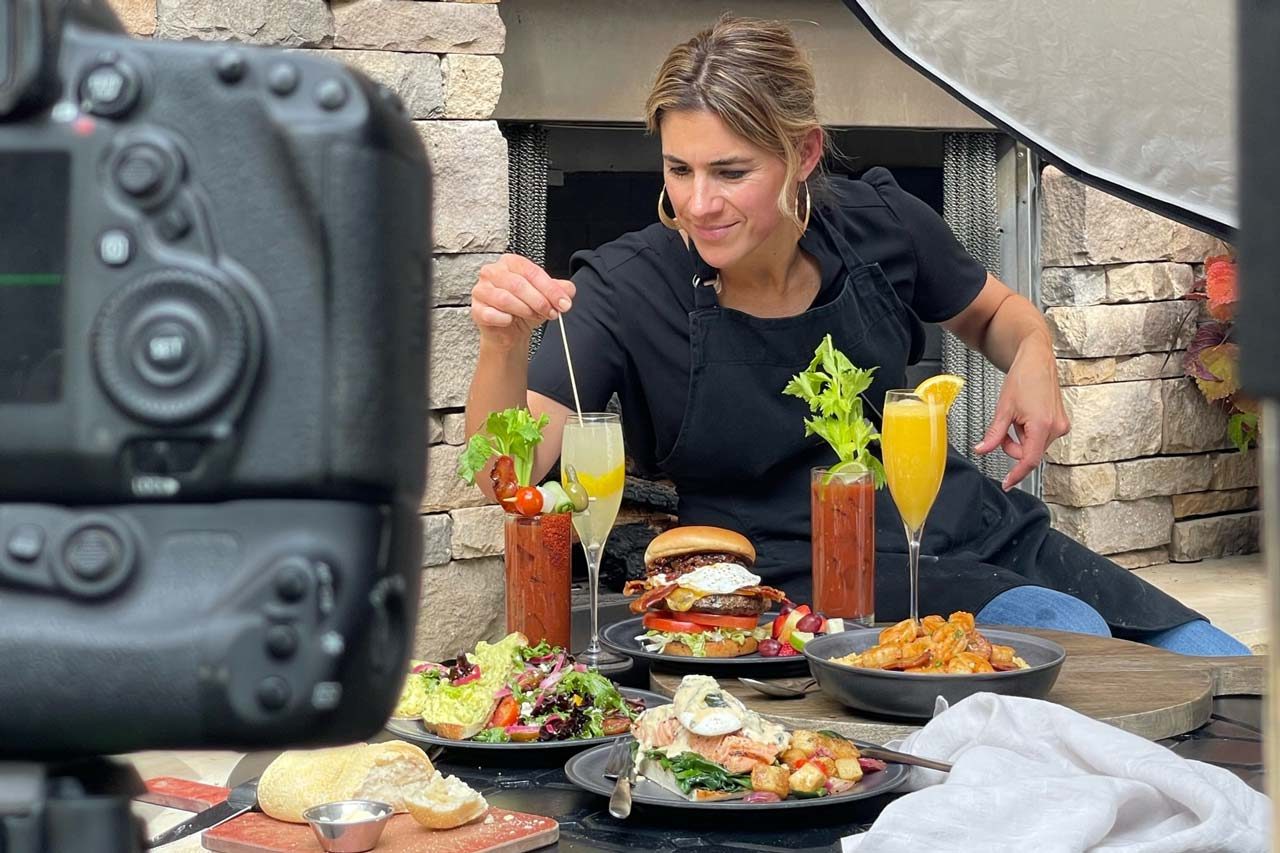
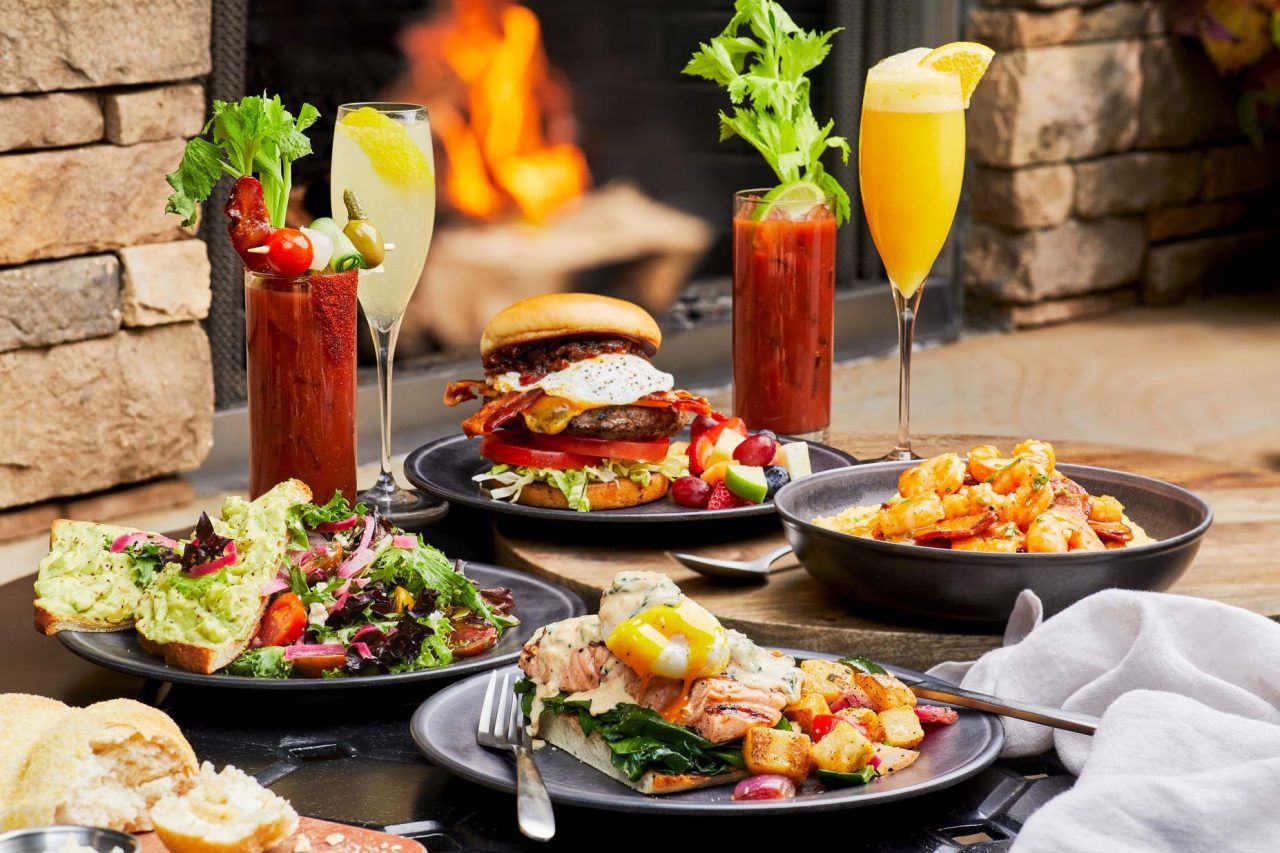
Candid Moments: On-Location Lifestyle Photography
On-location lifestyle photography focuses on capturing authentic moments and emotions in everyday settings. The location serves as a stage where the narrative unfolds, providing a visual backdrop for genuine interactions and experiences. Whether it’s staging a family outing, a leisurely stroll through the city, or a spontaneous adventure in nature, the location dramatically enhances the storytelling process.
Our producers often seek out unique locations that reflect the interests and personalities of the client’s target audience. From urban landscapes to scenic outdoor settings, the chosen location adds depth and character to the portraits, provides context, vital storytelling elements, and serves to reflect the richness and diversity of everyday life.
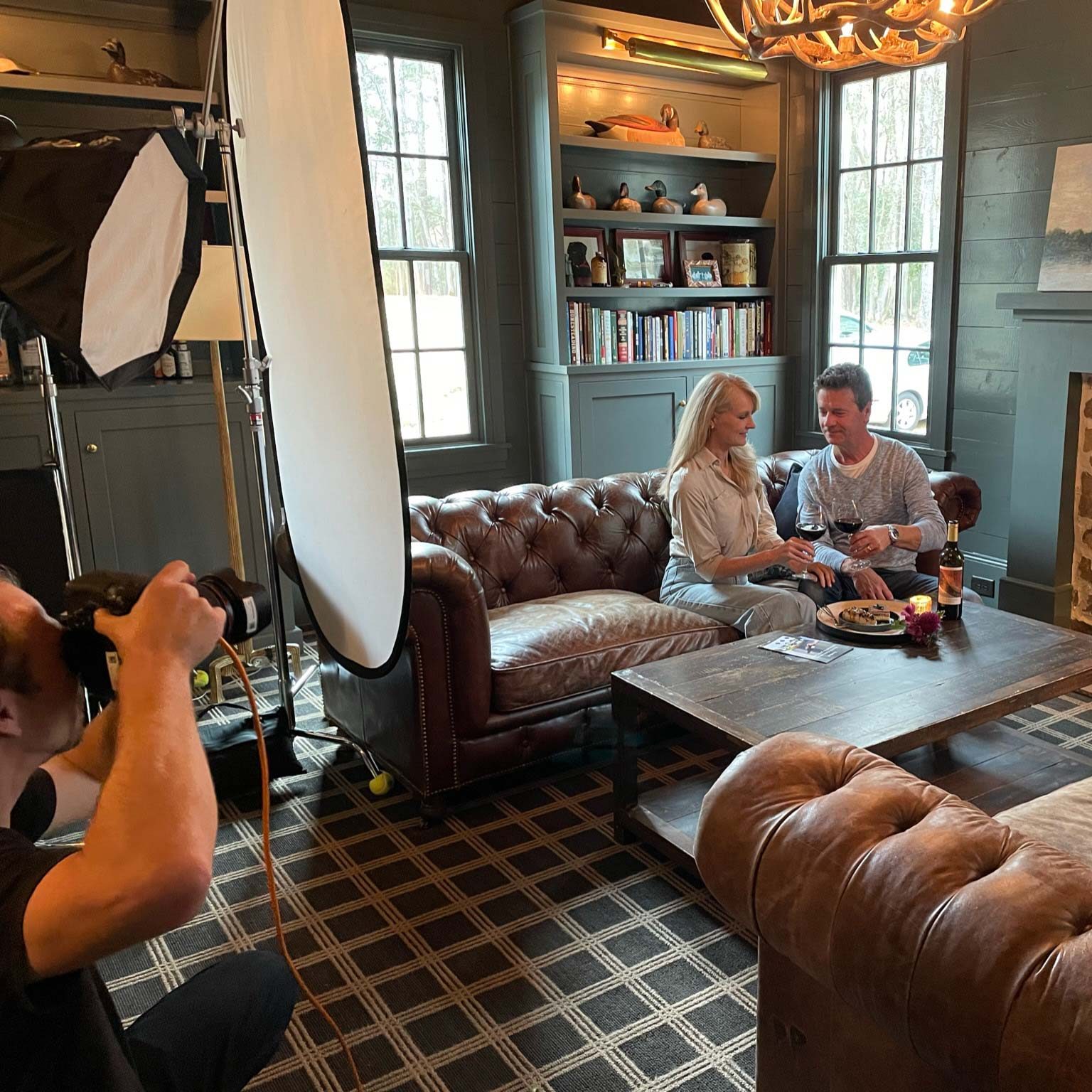
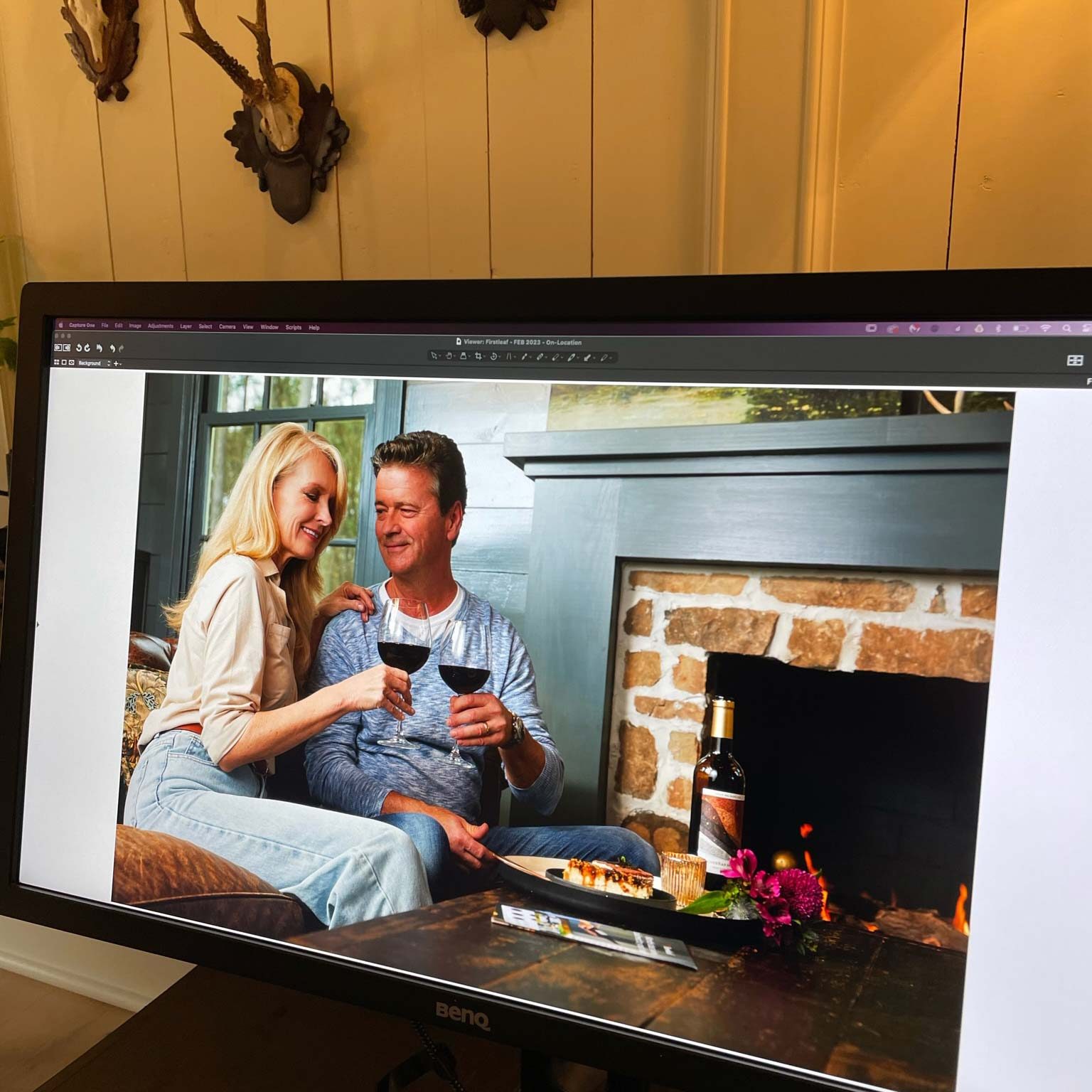
Contextualization: On-Location Product Photography
Showcasing products within real-world settings demonstrates their functionality, versatility, and aesthetic appeal. The chosen location provides context and relevance to the products, helping potential customers visualize how they fit into their lives.
Incorporating products into lifestyle settings allows our photographers to create aspirational imagery that resonates with the target audience while conveying the brand’s values, ethos, and identity. Whether it’s a fashion accessory in a trendy urban environment or a tech gadget in a sleek modern interior, the location adds credibility, builds trust, and enhances the desirability of the products.
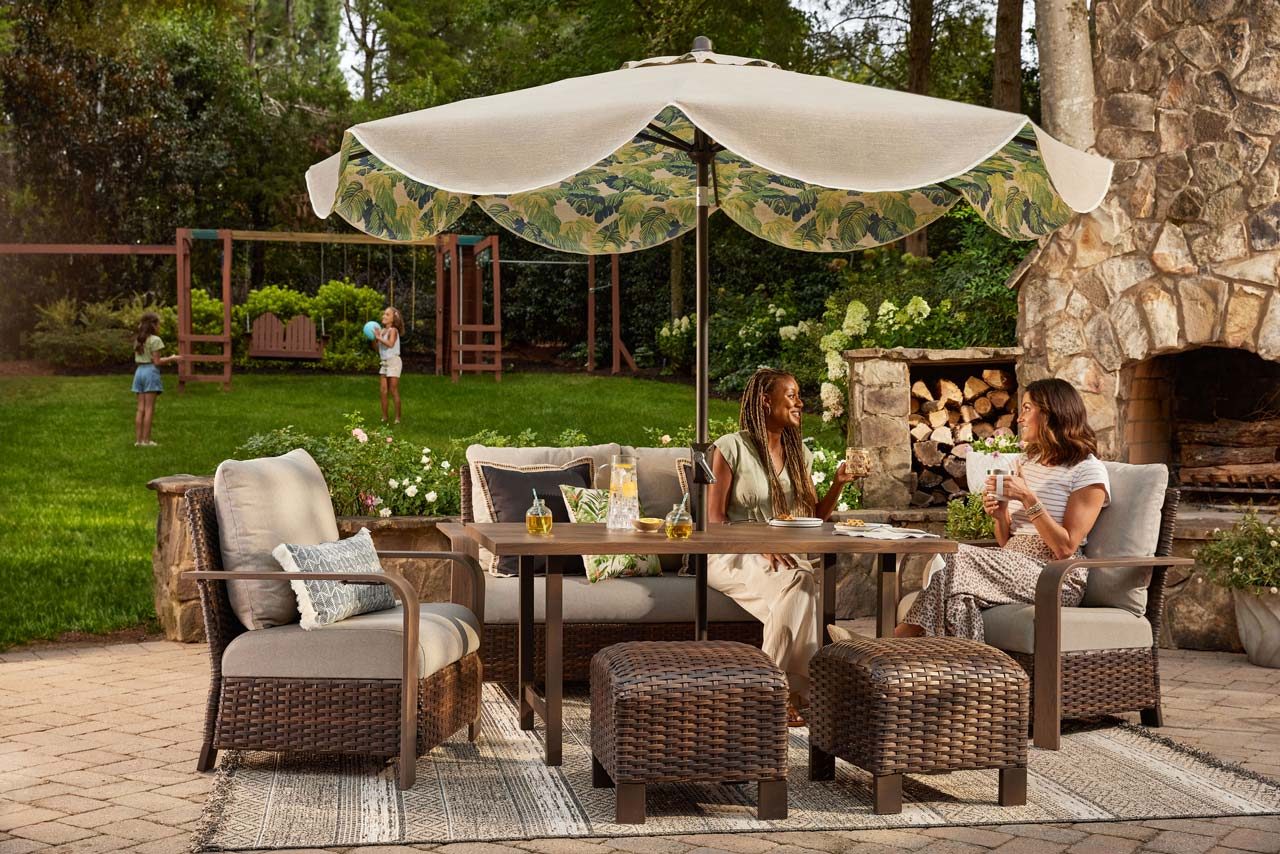
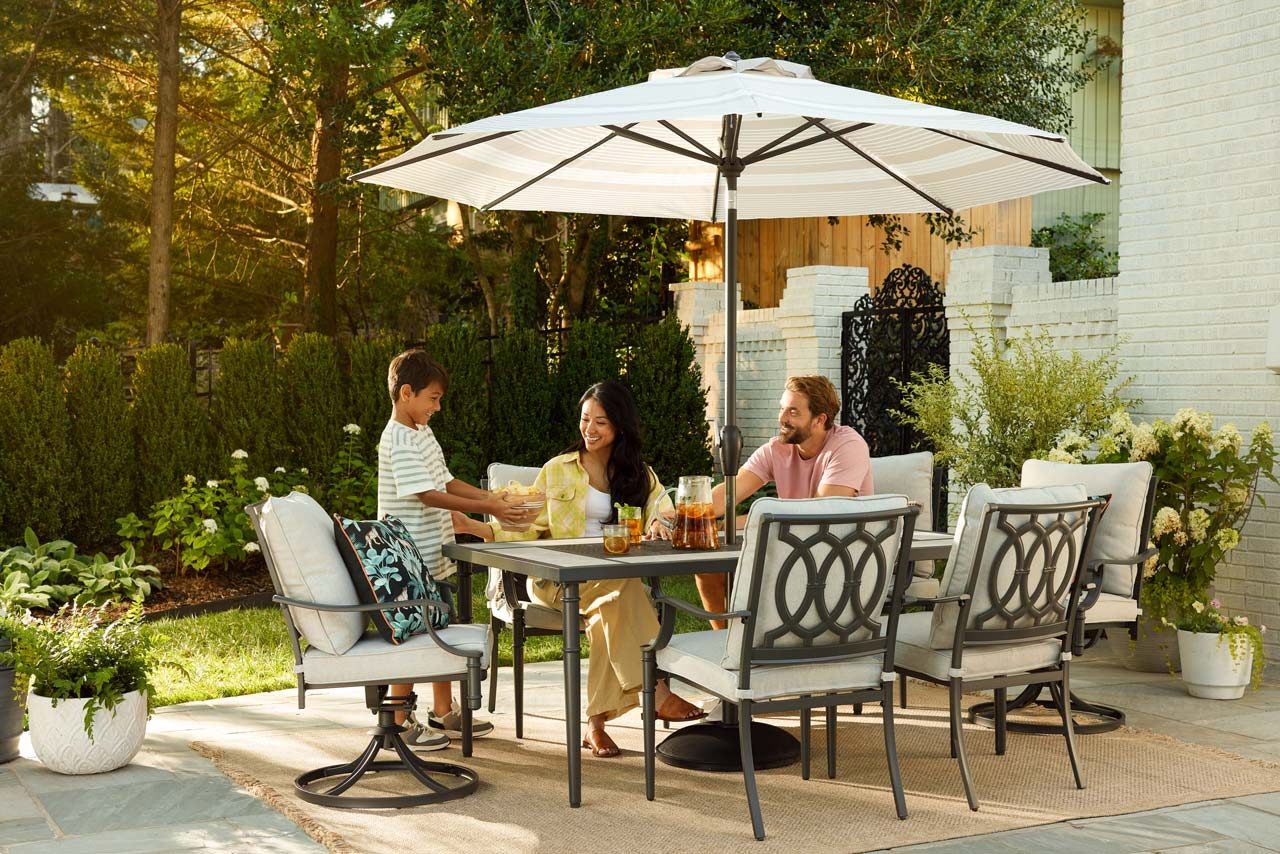
What Is The Difference Between Studio and Location Photography?
Studio photography is conducted within a controlled environment that includes access to artificial lighting, backdrops, and props to manipulate the scene according to the vision. Location photography, as we’ve described, is conducted in real-world settings beyond the studio. Each approach offers distinct advantages and challenges.
At Salt Paper HQ, we have 15,000+ square feet of creative space that includes a photography studio, carpentry shop, and commercial woodworking studio for custom set construction. We can create amazing, hyper-realistic worlds … but sometimes, there’s no better place than on location!
What We Look for When Location Scouting
Finding the best location for a photoshoot is thrilling! It’s a Goldilocks challenge – a particular location can’t be too this or too that; it has to be just right. You start with a list of essential criteria and search across a particular city, state or region until you find the photography location that checks every box. With scouting experience and an extensive network comes the opportunity to “know just the place” – and sharing the vision with our clients is incredibly fulfilling.
Scouting prospective locations is a collaborative effort. We engage members of our project management, art direction, photography, production design, and styling teams in our search. Here are some of the criteria the Salt Paper team uses to find the place:
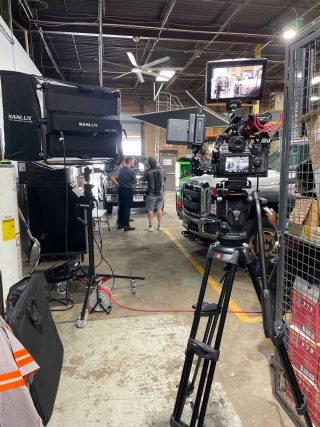
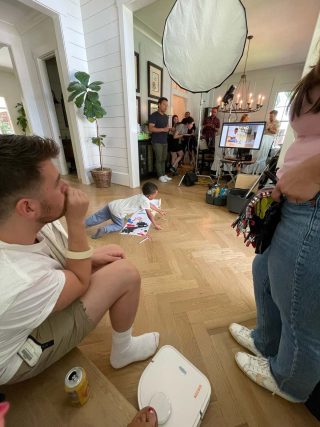
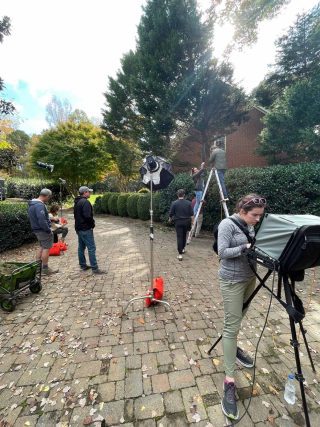
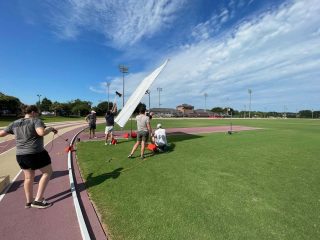
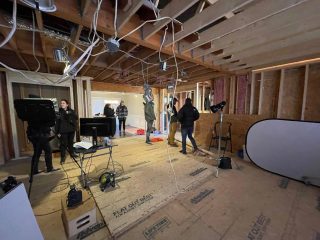
Client Preferences
We take into account specific preferences or requirements outlined by the client, and are prepared to adjust the scouting criteria accordingly to meet their expectations.
Relevance to the Project
We consider how a particular setting will contribute to the overall narrative and aesthetic vision of the creative director. A photoshoot location must align with the theme, mood, and message of the project.
Visual Appeal
We look for visually compelling features such as unique architecture, natural landscapes, or interesting textures that can add depth and interest to our shot list.
Lighting Conditions
It’s important to assess the availability and quality of natural light at different times of the day and to consider how it will interact with the environment and subjects.
Character and Atmosphere
We evaluate the overall character and atmosphere of the location and how it aligns with the project’s tone, consider such factors as historical significance, cultural relevance, or emotional resonance.
Scalability
We consider whether a location offers flexibility for different shot compositions and angles, and look for areas that can be easily adapted to fit the needs of various scenes.
Accessibility
Time is money. The location must be accessible so that it’s easily accessible for the entire crew, including equipment transportation, as well as talent. We consider factors such as proximity to roads, parking availability, and any potential obstacles.
Space and Layout
We evaluate the size and layout of the location to ensure it can accommodate the intended activities and equipment. We look for ample space for staging, setting up equipment, and moving around comfortably.
Logistical Considerations
Our team checks for any logistical challenges such as permits, restrictions, or regulations that may affect the shoot. Be prepared to obtain necessary permits and permissions well in advance.
Ambient Noise
For our videography clients especially, we pay close attention to the ambient noise level in the location and consider how it may impact audio recording. We also avoid locations with excessive noise pollution for photo shoots unless it can be controlled or mitigated.
Potential Distractions
We identify potential distractions that could disrupt a shoot, such as busy pedestrian traffic, nearby construction, or environmental factors like insects or wildlife, and explore if it can be minimized.
Safety and Security
We prioritize the safety and security of the crew and talent by assessing any potential hazards or risks associated with the location. Additionally, we ensure there are adequate emergency protocols in place.
Weather Considerations
We take into account the weather conditions expected during the shoot dates, how they may impact the location, and have contingency plans in place for inclement weather.
Seasonal Variation
It’s interesting to keep in mind how a location may change throughout the seasons and how these variations could affect the shoot. We consider whether certain seasons may enhance or detract from the desired aesthetic.
The Challenges of Location Scouting
Sometimes our team finds, or our client suggests, a seemingly perfect location, but we’re forced to continue scouting because it’s less than ideal. Some of the challenges we run into include:
Limited Availability
It’s not uncommon to face limited options or high demand for popular locations. This challenge is particularly pronounced in urban areas where competition for prime shooting spots is fierce.
Weather Constraints
Weather conditions play a significant role in the suitability of a location for a shoot. Unpredictable weather patterns, such as rain, wind, or extreme temperatures, can disrupt schedules, affect lighting conditions, and even compromise the safety of our crew and talent.
Permitting Issues
Navigating the bureaucratic maze of permits and permissions required for shooting in certain locations can be time-consuming and frustrating. Each jurisdiction may have its own set of rules and regulations, adding complexity to the process and potentially delaying the project timeline.
Budget Constraints
Budget limitations often dictate our choice of locations and may necessitate compromises in terms of quality, accessibility, or amenities. Securing a desirable location within budget constraints can require creative problem-solving and negotiation skills.
Logistics
Managing the logistical aspects of location scouting, including transportation, equipment setup, and accommodation for the crew, can present formidable challenges, especially in remote or hard-to-reach locations. Ensuring that all necessary resources are in place to support the shoot requires meticulous planning and coordination.
At Salt Paper Studio, we have the capability, expertise, and experience to source “just right” locations across the US. Want to learn more about shooting on location, have an idea for an onsite shoot, or want to talk about studio photography vs outdoor photography? Connect with us – we stand ready to bring your vision to life!


